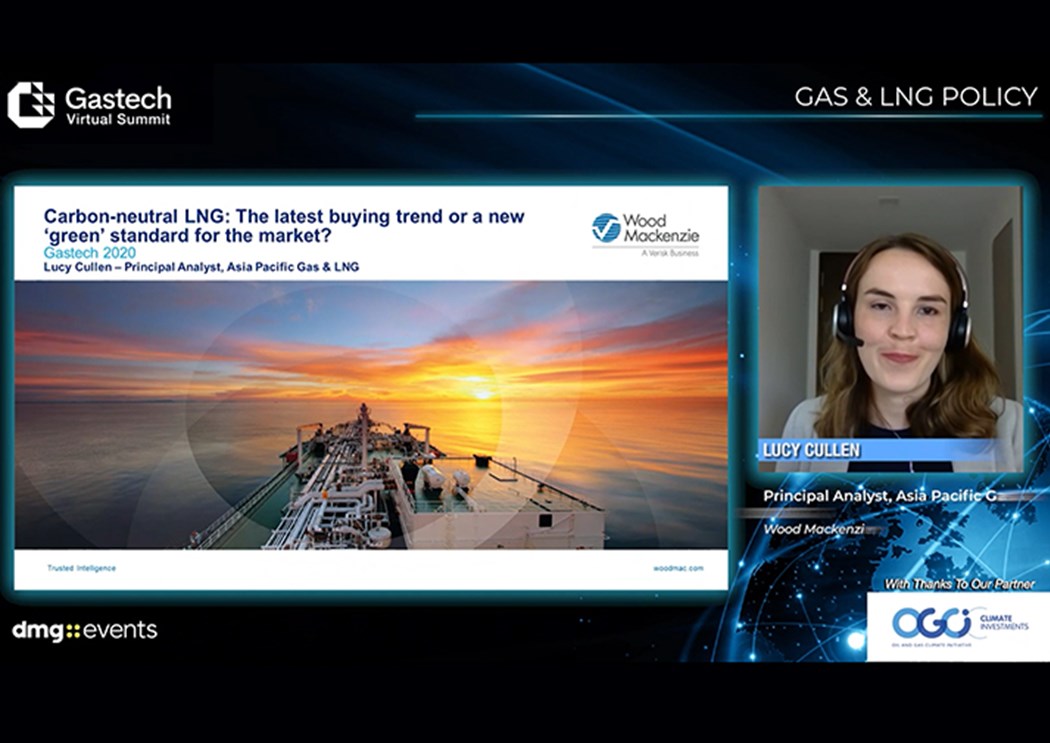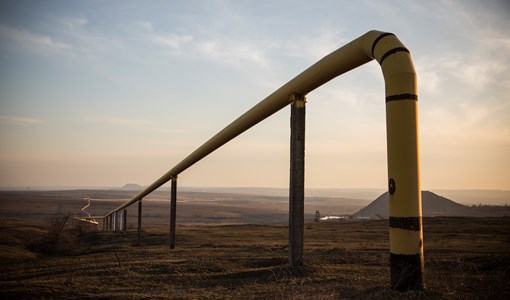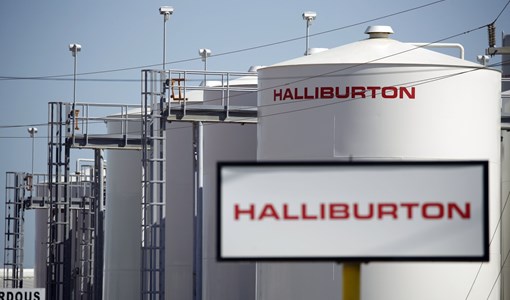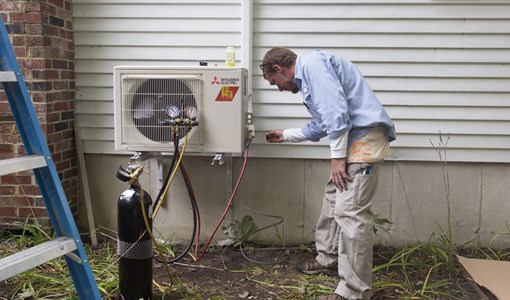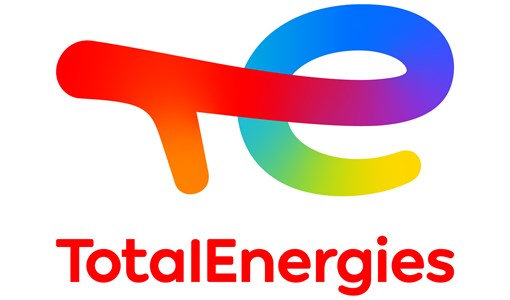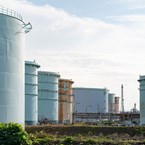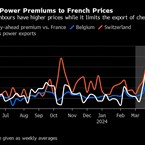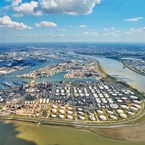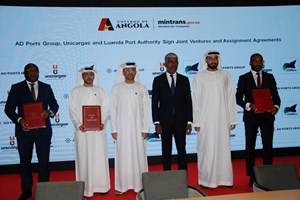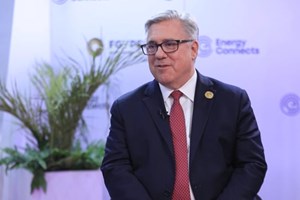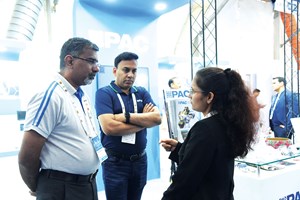Is carbon-neutral LNG setting a new standard?
Shell and Jera’s recent moves to strike “carbon-neutral” liquefied natural gas (LNG) deals created a stir in the gas market. As the energy transition accelerates, gas demand is set to rise, and cleaner LNG could become a vital component of the future energy mix.
So far six carbon-neutral cargoes have been delivered or agreed and one long-term supply tender has been launched. Despite these cargoes being a marginal share of the overall LNG market, the deals have received major attention.
But what is carbon-neutral LNG? Lucy Cullen, principal analyst, Asia-Pacific Gas & LNG, with global natural resources research consultancy Wood Mackenzie, took a closer look today at the Gastech Virtual Summit.
Cullen told delegates: “ ‘Carbon-neutral’ does not simply mean a cargo creates zero emissions but rather that emissions are measured, certified and offset.
“There is no consensus yet on which emissions should be offset. Various definitions have been applied so far, ranging from an ambitious objective to offset full life-cycle emissions of LNG cargoes, to offsetting part of the value chain.”
While the concept of carbon-neutral LNG is still in its infancy, Cullen told Gastech delegates the industry should consider how best to achieve carbon reductions in the long-term.
“Regardless of how we define ‘carbon-neutral’ LNG, emissions measurement and transparency on these emissions is a challenge which must be addressed. Measurement methodologies and standardisation will be critical if carbon-neutral LNG is to become more mainstream.
She added: “Gas will play an important role as a transition fuel globally. Even under the IEA sustainable development scenario, which envisions aggressive carbon reductions.
“The continued rise of renewables will change the competition space for gas and LNG. By bringing greater lower-carbon competition, focus will increasingly shift to emissions. Gas is cleaner on a combustion basis, but is it clean enough?
“That question will be especially important for LNG, as Wood Mackenzie expects its share of the mix grows at a faster rate than gas overall.”
Cullen said: “Full life-cycle carbon offset makes a great news headline. It is ambitious, but can it be adopted widely by the industry? Perhaps not, although it may be achievable for a smaller subset of cargoes or for certain players who have visibility over the full value chain emissions.
“A more focused approach targeting emission reduction in the upstream/liquefaction segment – by adopting carbon capture and storage, and increasing plant efficiency, for example - may be a more achievable long-term objective that can be adopted more widely across the LNG industry,” she said.
While sellers are looking at to make projects as carbon competitive as possible, what is motivating buyers?
Cullen said there is an element of early mover advantage at play and good news headlines.
“These first deals have offered participants experience with carbon neutral transactions. This is important as we move into a lower carbon future.
“But these deals were not solely motivated by green ambitions and future proofing. Economic and strategic realities still weighed heavily on these decisions and ultimately innovative ways of minimising the impact of the carbon-neutral cost premium for buyers helped to create the right opportunities.
“Until firmer regulation comes into play, these factors will continue to be considerations.”
Cullen added that as LNG demand continues to grow, so will demand for greener LNG.
“Targeting emissions reductions in certain segments of the LNG value chain seems an achievable route to carbon-neutral LNG and wide-scale adoption in the industry,” she said.
“But more needs to be done on emissions measurement, standardisation and policy to increase participation and confidence and to encourage buyers.
“We may very well see that – at the very least - proof or visibility of supplier carbon credentials will become as norm. This will lead to greater buyer scrutiny and differentiation between projects, and prices.”
Cullen added: “We are already on the road towards greener LNG, and the pressure to achieve carbon neutrality will only continue rising. Can the LNG world afford not to prepare?”
KEEPING THE ENERGY INDUSTRY CONNECTED
Subscribe to our newsletter and get the best of Energy Connects directly to your inbox each week.
By subscribing, you agree to the processing of your personal data by dmg events as described in the Privacy Policy.
More gas & LNG news
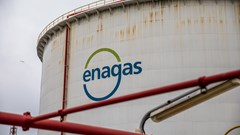
Europe’s Top LNG Plant Operator Wants to Move Into Ammonia, CO2
Apr 19, 2024
Southwest Gas Unit Gets $314.8 Million From IPO, Icahn Deal
Apr 17, 2024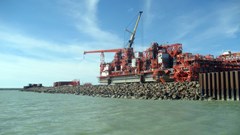
Kazakhstan’s Compensation Claims Against Kashagan Oil Firms Jump to $150 billion
Apr 17, 2024
Oman LNG and Shell agree 10-year supply deal amid transition-led demand growth
Apr 17, 2024
Power Demand Surge Is Complicating Carbon Goals, Duke CEO Says
Apr 16, 2024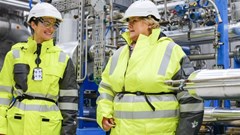
Equinor strengthens its gas position with a swap of onshore assets in the US
Apr 16, 2024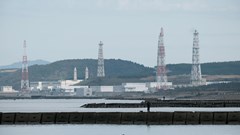
Tepco Flagship Nuclear Plant to Load First Fuel Since Fukushima
Apr 15, 2024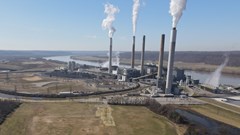
GE Vernova’s technology to help LG&E and KU further diversify sustainable energy portfolio
Apr 15, 2024
Biden Plans Sweeping Effort to Block Arctic Oil Drilling
Apr 12, 2024
LNG Importer New Fortress Energy Cuts London Trading Staff
Apr 11, 2024
Energy Workforce helps bridge the gender gap in the industry
Mar 08, 2024
EGYPES Climatech champion on a mission to combat climate change
Mar 04, 2024
Fertiglobe’s sustainability journey
Feb 29, 2024
P&O Maritime Logistics pushing for greater decarbonisation
Feb 27, 2024
Neway sees strong growth in Africa
Feb 27, 2024
India’s energy sector presents lucrative opportunities for global companies
Jan 31, 2024
Oil India charts the course to ambitious energy growth
Jan 25, 2024
Maritime sector is stepping up to the challenges of decarbonisation
Jan 08, 2024
COP28: turning transition challenges into clean energy opportunities
Dec 08, 2023
Why 2030 is a pivotal year in the race to net zero
Oct 26, 2023Partner content

Ebara Elliott Energy offers a range of products for a sustainable energy economy

Essar outlines how its CBM contribution is bolstering for India’s energy landscape

Positioning petrochemicals market in the emerging circular economy

Navigating markets and creating significant regional opportunities with Spectrum


